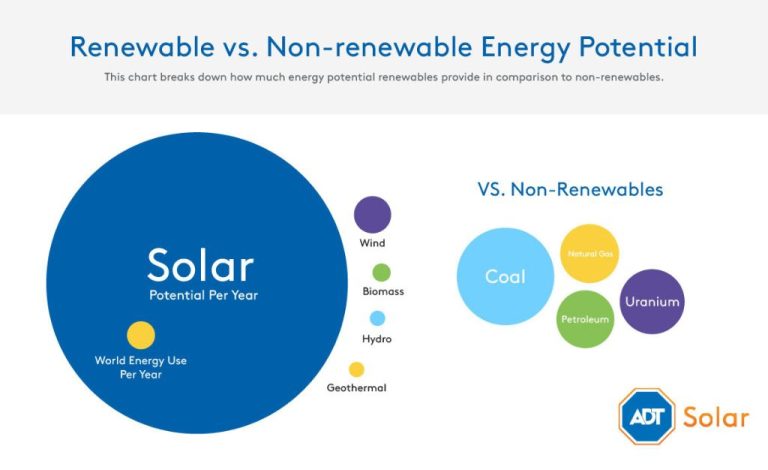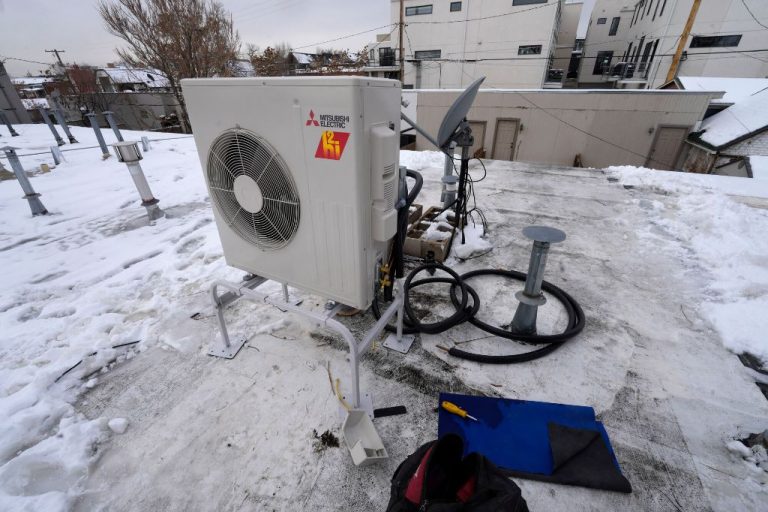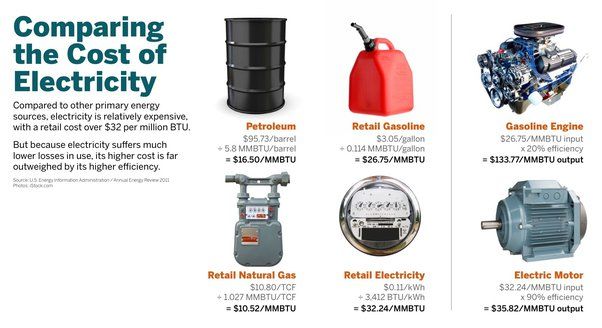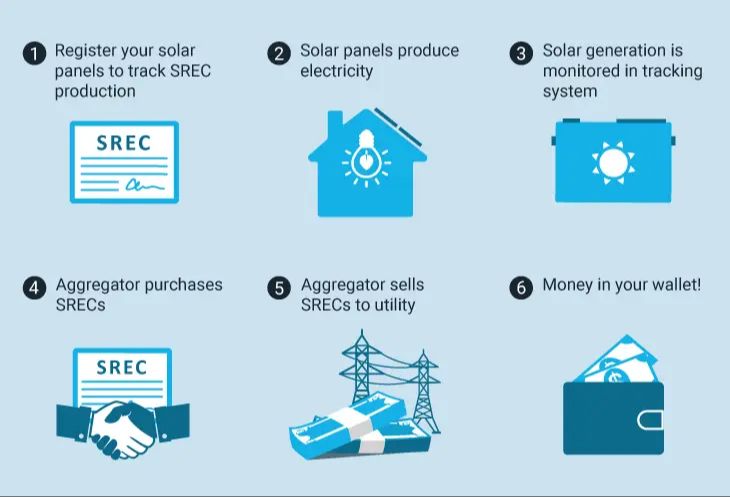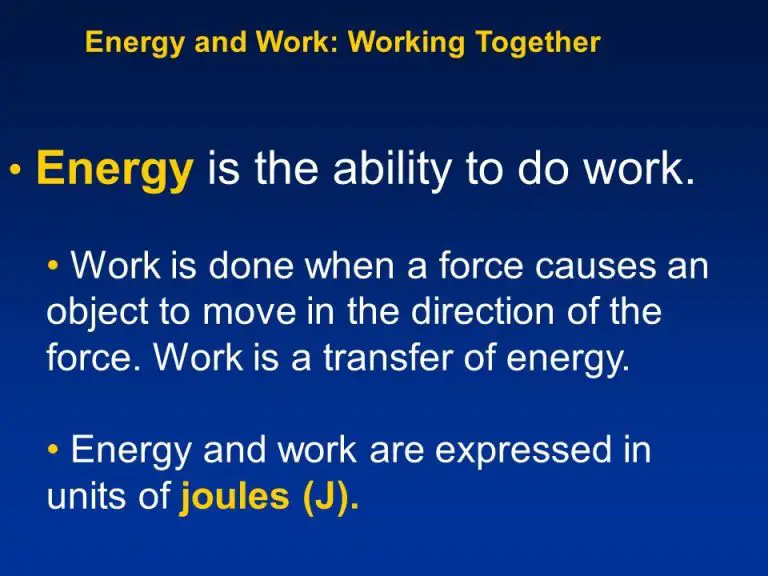Can I Shower When Power Is Out?
Losing power in your home can be an incredibly frustrating and challenging experience. Suddenly you’re unable to flip a switch and have light, cook a hot meal, run the A/C or heat, or enjoy other modern conveniences many of us take for granted each day. When the power goes out, one of the first questions that comes to mind is: can I still take a shower?
Showering during a power outage may seem daunting, but with some preparation and creativity, it is possible to keep up with your regular hygiene routine. In this article, we’ll explore tips and techniques for showering without power so you can stay fresh and clean no matter the circumstances.
Safety Concerns
The main safety concern with showering during a power outage is the risk of electrocution. When the power goes out, there is a chance that power lines could become live or that a surge could occur when the electricity comes back on. This poses a risk if you are wet and touching any electrical fixtures or appliances in the bathroom.
According to Taking a Hot Shower When the Power is Out: Should You Do It?, there is a “legitimate risk of electric shock” if you shower while the power is out. Wet skin and plumbing can conduct electricity, so it is best to avoid showering until power is restored.
If you absolutely must shower, make it very quick and avoid touching any electrical appliances like hairdryers. Never fiddle with the electrical box or circuit breakers when wet. Wait until you are fully dry before trying to restore power. Exercise extreme caution.
Cold Water Shower
When the power goes out, you may not have access to hot running water for a shower. However, it is still possible to shower with cold water. While a cold shower may not be the most comfortable experience, there are some benefits to showering in cold water:
Cold water closes pores and leaves skin and hair feeling clean (https://www.webmd.com/skin-problems-and-treatments/shower-hot-or-cold). It can also stimulate circulation (https://www.healthline.com/health/cold-shower-vs-hot-shower).
If you decide to take a cold shower, it’s best to ease yourself into the cold water rather than jumping straight into an icy blast. Start with lukewarm water if available and gradually turn the temperature down. Limit your cold water exposure to 5-15 minutes.
To make the experience more tolerable, keep your breathing under control with slow deep breaths. Goosebumps and hyperventilation will subside after the initial shock of the cold water.
While braving a cold shower, remember that it is only temporary. Focus on getting clean while exposed to the cold water. The vigor can make you feel invigorated once you adjust to the temperature.
Heating Water
One way to get hot water for a shower when the power is out is to heat water on the stove or over an outdoor fire. Water can be boiled in pots, kettles or pans to create a hot water supply. According to this source, boiling water is a simple off-grid method for heating enough water for a short shower.
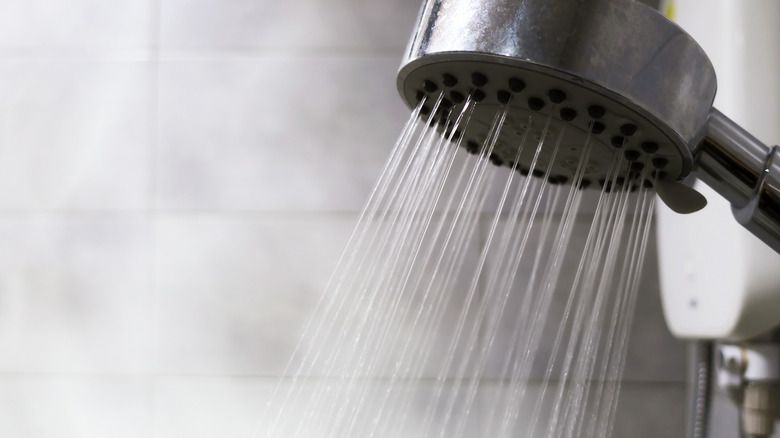
Using a solar shower bag or bottle is another option during a power outage. Solar showers absorb heat from the sun during the day and the water can be used for an evening shower. According to this article, solar showers provide a sustainable way to heat water without electricity.
Bucket or Basin
If you only have access to a limited amount of water, you can still take a makeshift bath using a bucket or basin filled with a small amount of water. Focus on cleaning the key areas of your body rather than trying to bathe your whole body. For example, use a washcloth soaked in the water to clean your underarms, groin area, feet and other sweaty areas (source).
Be sure to use soap and scrub thoroughly even with just a little water. The friction from scrubbing with a washcloth will help lift dirt and bacteria off your skin. You can also use baby wipes for a quick clean of your body.
Reuse the water for multiple family members, starting with the cleanest person first. Replace the water as needed if it gets too dirty. This method allows you to maximize a scarce water supply during an outage.
Use Baby Wipes for a Quick Clean
When you don’t have access to running water, using baby wipes can help clean your body and give you a refreshing feeling. Adult body wipes designed specifically for hygiene purposes are available, but regular baby wipes will also work in a pinch. According to The Prepared, look for fragrance-free and alcohol-free wipes that are gentle on skin. Thicker, textured wipes are better than thin, smooth ones for cleaning effectively. Focus on cleaning hot spots like the armpits, groin, and feet. While not as thorough as a shower, a good wipe down with baby wipes can freshen you up.
Going to a Shelter
One option during a power outage is to go to an emergency shelter that provides public showers. The Red Cross operates shelters across the country that are open to anyone needing assistance, especially during disasters. Use their shelter finder map to locate shelters in your area. Many of these facilities have showers available.
There are also shelters and drop-in centers specifically focused on serving the homeless population. These centers may offer public showers, even when not operating as emergency shelters. For example, the Public Shower Directory lists locations across the U.S. providing free showers. Contact local homeless shelters directly to ask if showers are available for public use.
Using a Gym
When the power goes out, one option for showering is to get a day pass at a local gym. Many gyms like Planet Fitness offer free or low cost day passes that allow access to their shower facilities. With a day pass, you can stop by the gym just to use their shower and locker room amenities.
Planet Fitness locations, for example, provide free day passes through their mobile app or website. These day passes grant full access to any Planet Fitness club nationwide, including the shower facilities. There are often Planet Fitness gyms located in major cities and suburban areas, making it a convenient option.
Other gyms like LA Fitness, Equinox, and local community gyms also offer day passes in the $5-15 range. Calling ahead to check on day pass policies and shower access is recommended. This can be an affordable way to get a hot shower until your power returns.
Visiting Friends/Family
If you have close friends or family nearby when the power goes out, you may be able to visit them to take a shower. According to the Emily Post Institute, when staying as a houseguest you should be respectful of your hosts. Follow any house rules and be sure to express your gratitude for their hospitality.
Before showing up, call or message them to ask if you can come over to borrow their shower. Give them advance notice instead of just appearing on their doorstep. Pick a convenient time that works for them. Offer to bring your own towels, toiletries, and even a robe so you don’t impose by using their supplies.
While visiting, be a gracious guest. Avoid overstaying your welcome. Help clean up after yourself. If you borrow towels or other supplies, return them cleaned and pressed. Write a thank you note expressing your appreciation. As the Emily Post Institute states, “Good guests add to the pleasure of the visit; bad ones subtract from it.”
Source: https://emilypost.com/advice/traditional-gendered-courtesies
Preparing for Future
It’s smart to be prepared for power outages before they happen. Here are some tips:
- Have backup power sources ready like a generator or battery backup system. Make sure you test them periodically to ensure they work when needed. Always operate generators outdoors in a well-ventilated area. (California Public Utilities Commission)
- Stock up on batteries for flashlights and battery powered lamps. Rechargeable batteries can be useful but make sure you have a way to charge them during an outage.
- Have non-perishable food and bottled water on hand. Without power, refrigeration and tap water may not be available.
- Keep some cash on hand in case ATMs and credit card readers don’t work.
- Fill up vehicles with gas before a storm that could cause an outage.
- Have a portable phone charger to keep your cell phone powered.
- Keep copies of important documents either printed or on a charged laptop.
- Know where to access community resources like cooling and device charging centers if outages last more than a few days.
Preparing for power outages takes some advance planning but can reduce stress and discomfort when they occur.

